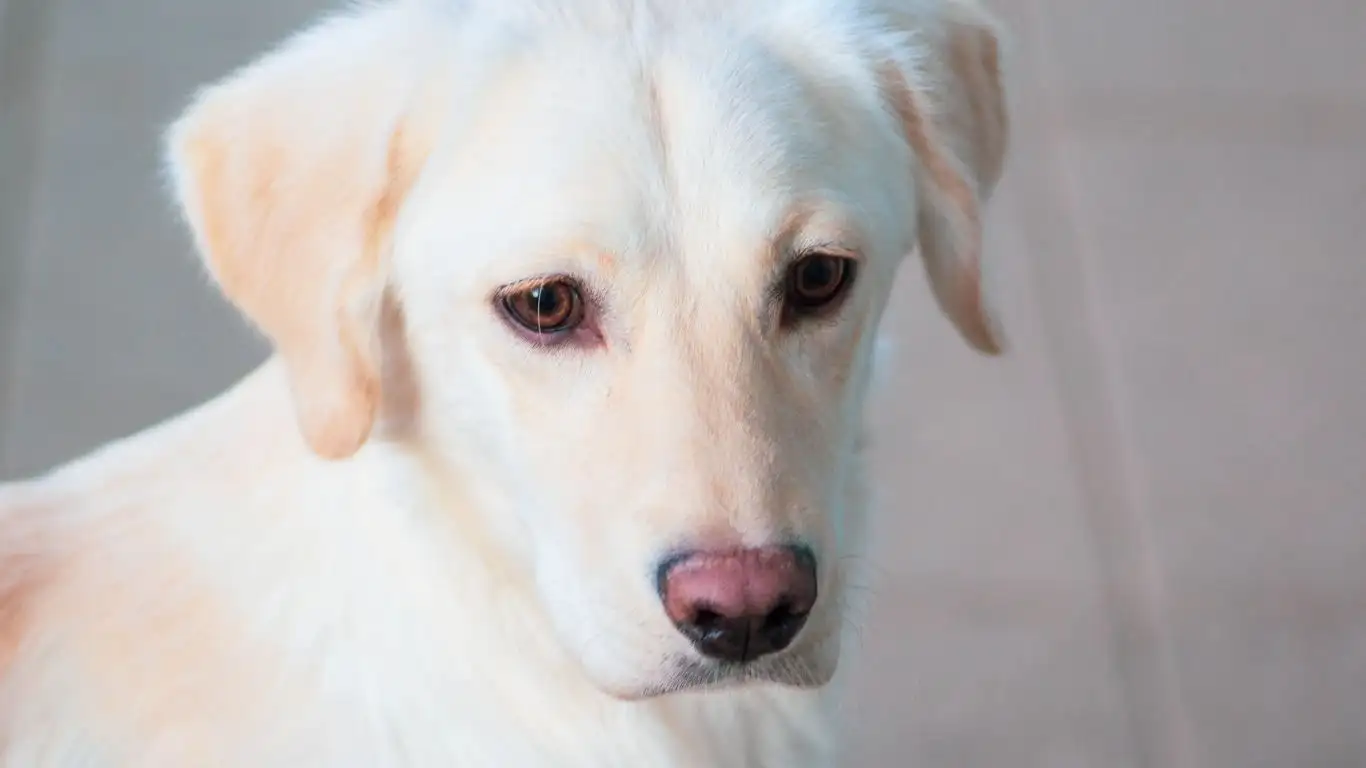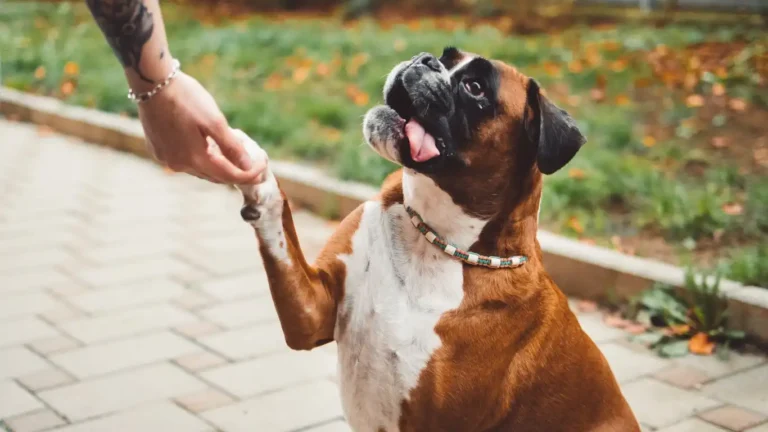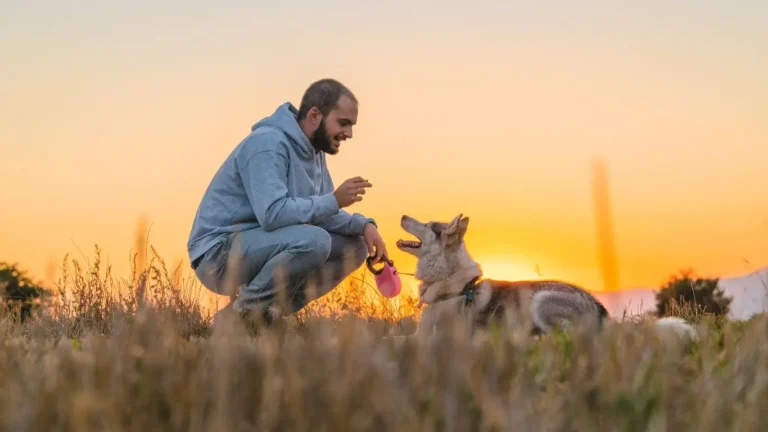Master Dog Recall Training: Simple Tips for Teaching Your Dog to Come Back
As a Certified Professional Dog Trainer with years of experience working with dogs of all breeds and temperaments, I’ve seen firsthand how important recall training is. Whether you’re working with a playful puppy or an adult dog that struggles to listen, knowing how to train a dog to respond to recall commands can make all the difference in your daily walks and in your relationship with your furry companion. A reliable recall command is not only essential for your dog’s safety, but it also strengthens the bond you share. And let me tell you, with the right approach, it’s completely achievable for any dog. But don’t just take my word for it—let’s dive into how you can start training your dog to recall reliably and consistently!
What is Recall Training and Why Does It Matter?
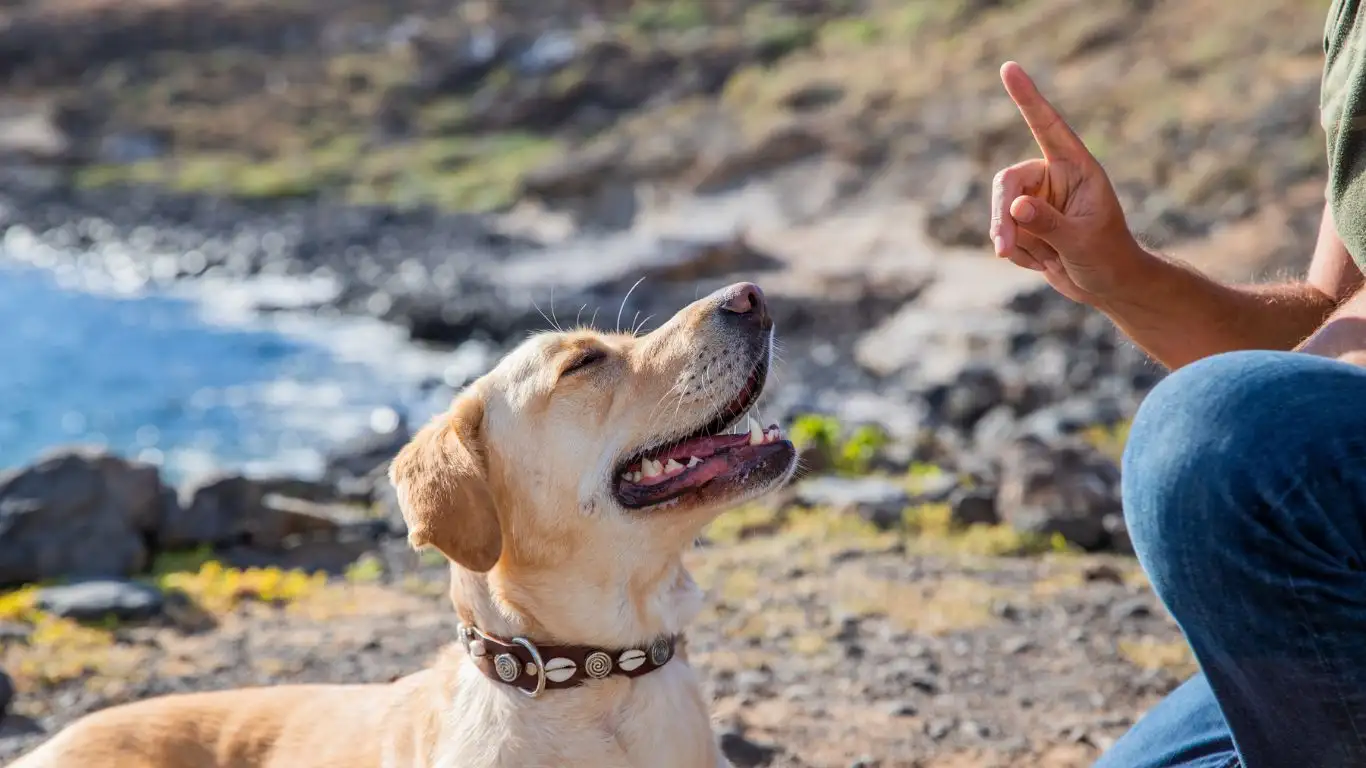 When it comes to training a dog, recall might seem like a basic concept, but it’s actually a critical skill that impacts both your dog’s safety and your peace of mind. Recall training involves teaching your dog to come to you when called, regardless of the distractions around them. It’s an important command because it gives you control over your dog in situations where they might otherwise be at risk, such as near busy streets, off-leash areas, or when they’re getting into mischief.
When it comes to training a dog, recall might seem like a basic concept, but it’s actually a critical skill that impacts both your dog’s safety and your peace of mind. Recall training involves teaching your dog to come to you when called, regardless of the distractions around them. It’s an important command because it gives you control over your dog in situations where they might otherwise be at risk, such as near busy streets, off-leash areas, or when they’re getting into mischief.
Imagine your dog is off-leash at the park and suddenly spots something exciting, like a squirrel or another dog. You call their name, and in that moment, they turn and come running straight to you without hesitation. That’s the goal. Training your dog to respond to recall commands isn’t just about making your life easier—it’s about ensuring their safety and giving them the freedom to enjoy outdoor adventures while you stay in control. And trust me, it’s not as complicated as it may sound.
Setting Up for Success: The Right Environment for Training
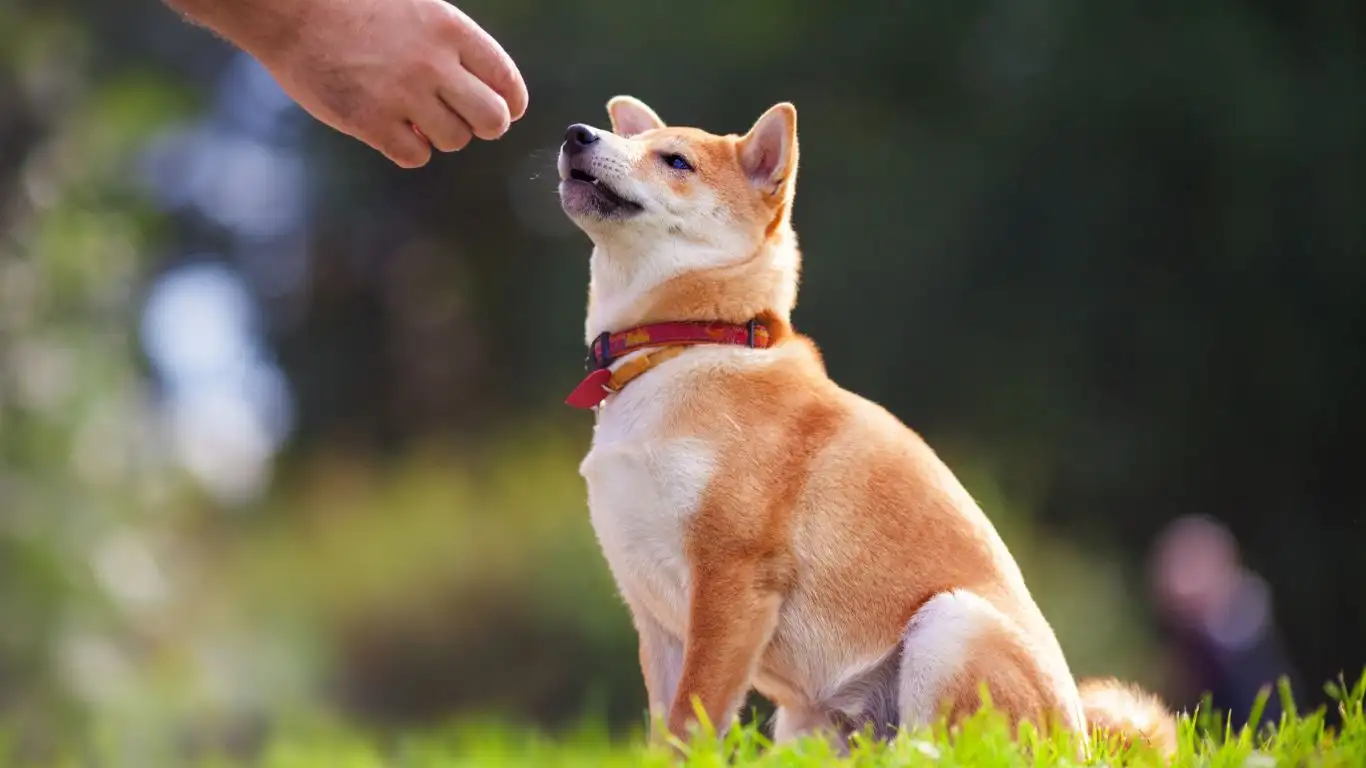 Before you dive into recall training, it’s essential to set up an environment that will set your dog up for success. That means choosing a space where there are minimal distractions, especially in the beginning stages of training. You want to make sure your dog’s focus is on you, not on the other exciting things happening around them.
Before you dive into recall training, it’s essential to set up an environment that will set your dog up for success. That means choosing a space where there are minimal distractions, especially in the beginning stages of training. You want to make sure your dog’s focus is on you, not on the other exciting things happening around them.
Start Indoors for a Controlled Environment
In the early stages of recall training, it’s best to start inside your home or in a small, enclosed area like a backyard. This minimizes distractions and allows your dog to focus on learning without the temptation of other exciting stimuli. Indoors, you can practice recall with fewer interruptions and ensure your dog is learning in a safe space where you have full control.
Work in Short Sessions
When you’re teaching your dog a new skill, short, focused training sessions are key. A common mistake many dog owners make is overdoing it in one session, thinking that more time spent will result in quicker learning. But the reality is, dogs have a short attention span, and long sessions can lead to frustration. I recommend working in 5-10 minute sessions, 2-3 times a day, to keep things fresh and exciting for your dog. If your dog starts losing interest, it’s time to call it a day and try again later. Keep the training fun and engaging, and your dog will look forward to each session.
Choosing the Right Recall Command
Now that you’ve set up the right environment for training, it’s time to decide on your recall command. The command you choose is up to you, but it’s important to pick something that stands out and is easy for your dog to recognize. I always recommend using a word or phrase that is distinct and not commonly used in everyday conversation. This ensures that your dog associates it specifically with the action you want them to take.
Consistency is Key
One of the most important aspects of teaching any command is consistency. Once you’ve chosen your recall command, make sure everyone in the household uses the same word or phrase. Mixed signals will only confuse your dog, so consistency in both the word used and the tone of voice is crucial. Keep your tone upbeat and positive—dogs respond best to enthusiasm!
Adding a Cue to Your Recall Command
In addition to the verbal command, some trainers and owners choose to use a visual cue. This could be a hand gesture or a specific body position. For example, raising your hand and saying “come” could be enough to trigger your dog’s recall. I’ve found that adding a visual cue helps dogs who are more visually sensitive or less responsive to vocal commands, especially when they are distracted by something in their environment.
Positive Reinforcement: Making Recall Fun
One of the most effective training methods I use in my practice is positive reinforcement. This means rewarding your dog for responding to your recall command, which strengthens the behavior over time. Whether you’re using treats, praise, or playtime as rewards, you’re telling your dog that coming to you when called is a great thing to do!
Choosing the Right Reward
What your dog finds rewarding is entirely individual, so it’s important to experiment with different rewards. Some dogs are treat-motivated, while others may prefer praise, toys, or a quick game of fetch. In my experience, using a variety of rewards works best because it keeps training exciting and keeps your dog engaged. If your dog loves toys, you can use a favorite toy as a reward. If they’re food-driven, high-value treats can be a great motivator. Mix it up to keep things interesting!
The Power of Timing
Timing is critical when it comes to rewarding your dog for recall. You want to deliver the reward *immediately* after they respond to your recall command so that they can make the connection between the behavior and the reward. If there’s a delay, your dog might not understand what they’re being rewarded for. As soon as your dog comes to you, offer the reward and make it as exciting as possible! The more enthusiastic and positive the reward, the more likely your dog will associate recall with something enjoyable.
Gradually Increasing Distractions
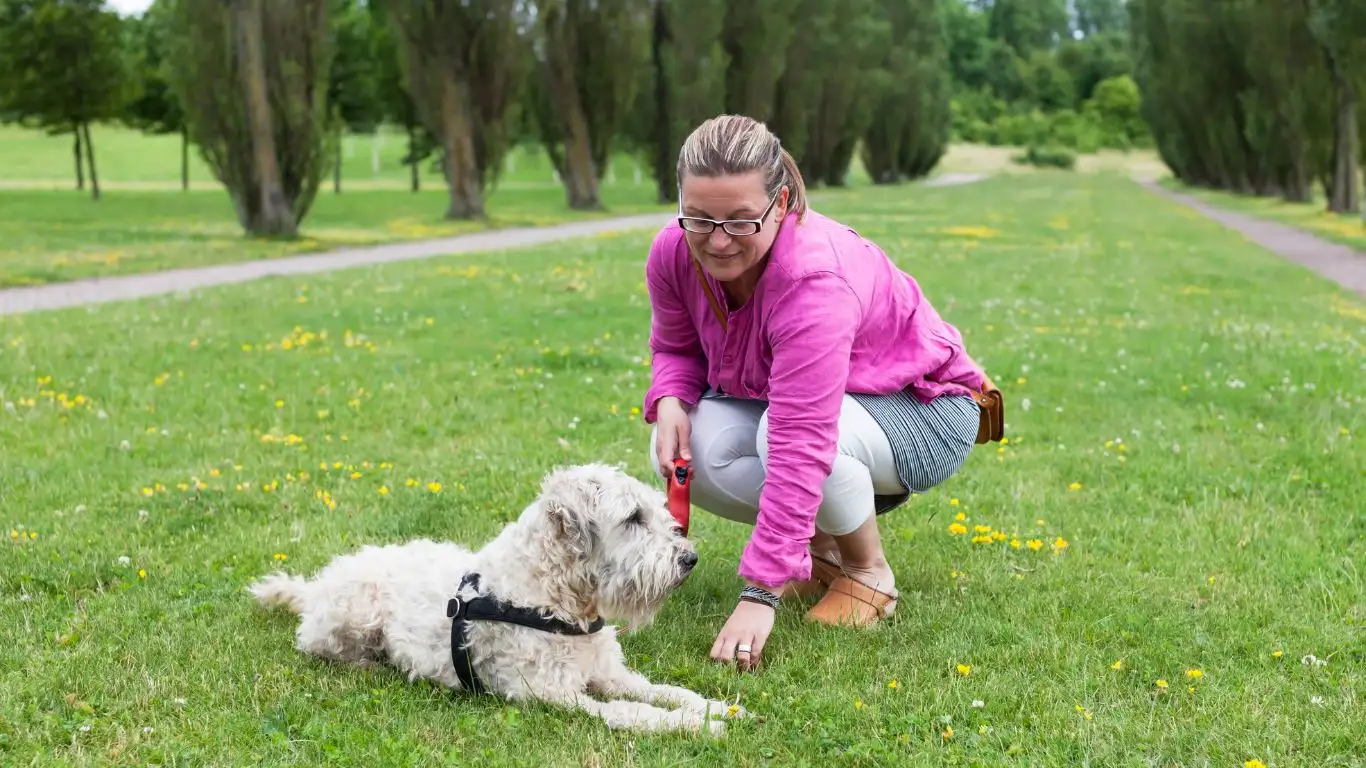 As you begin to see progress with your dog’s recall in controlled environments, it’s time to start introducing some distractions. I know it can be tempting to want your dog to perform the recall flawlessly no matter the situation, but this takes time and gradual exposure to different environments. By slowly increasing the level of distractions, your dog will learn to focus on you even when there are exciting things happening around them.
As you begin to see progress with your dog’s recall in controlled environments, it’s time to start introducing some distractions. I know it can be tempting to want your dog to perform the recall flawlessly no matter the situation, but this takes time and gradual exposure to different environments. By slowly increasing the level of distractions, your dog will learn to focus on you even when there are exciting things happening around them.
Start Small, Then Build Up
When you first add distractions, start with something manageable. You might try moving from your living room to a quiet backyard or a less-busy park. This way, your dog can get used to responding to recall in an environment that’s still somewhat controlled. Keep your sessions short but sweet, and be ready with plenty of high-value rewards to reinforce their good behavior.
As your dog gets the hang of it, start increasing the level of distractions. If you’re practicing at the park, for instance, try moving to an area with more people or other dogs. This might seem like a big jump, but as long as you’re patient and keep reinforcing the recall behavior, your dog will start to generalize their learning to other environments. If at any point your dog seems overwhelmed or distracted, dial back the difficulty and practice in an easier environment to boost their confidence.
Using a Long Line for Added Control
For those moments when you want to give your dog a little more freedom but aren’t quite ready to let them off-leash, using a long line can be a game changer. A long line is essentially a leash that’s about 15-30 feet long, allowing your dog to move around more freely while still being under your control. This can be a great tool for practicing recall in outdoor settings where distractions are more prevalent.
Why a Long Line Works
With a long line, you can let your dog roam and explore, but you still have the ability to guide them back to you if they don’t respond to the recall command immediately. I’ve found this particularly useful for dogs who are still learning to reliably respond to recall but aren’t quite ready for full off-leash freedom. It gives both you and your dog confidence in a more open environment. Plus, if your dog gets distracted by something, you can use the long line to gently guide them back into focus.
Practicing with the Long Line
Once your dog is comfortable with recall indoors and in your backyard, I recommend moving to a larger outdoor area with fewer distractions first, and gradually building up to more challenging environments. The long line ensures your dog can roam a bit while still being held accountable for responding to the recall command. Remember, this is about building trust and reliability, not about scolding your dog when they don’t get it right. Positive reinforcement remains your best friend throughout this stage.
Reinforcing Recall with Playtime and Toys
If you’ve been following along, you know that rewards are key to making recall fun and effective. But here’s a little secret that I always share with my clients: One of the best rewards you can use to reinforce recall is *playtime*! Whether it’s a quick game of fetch or tug-of-war, using playtime as a reward can help make the recall process even more enjoyable for your dog.
Why Playtime is a Game Changer
For many dogs, toys or games are a big motivator. This is especially true for high-energy breeds that need lots of physical activity to stay engaged. When your dog comes to you and is rewarded with a fun game, they quickly associate recall with something super exciting. For some dogs, a treat might not be as motivating as a few minutes of play, and that’s okay—it’s all about finding what excites your dog the most!
Integrating Play into Recall Training
Let’s say you’re working in the backyard, and you’re using a ball or a favorite squeaky toy as a reward. Call your dog using your recall command, and when they respond, throw the toy for them to fetch. As they chase after the toy, they’re not only reinforcing their recall, but they’re also getting a burst of energy out of the interaction. This makes the experience rewarding for both of you! Over time, your dog will learn that responding to recall is not just about getting a treat, but also about fun, interaction, and play.
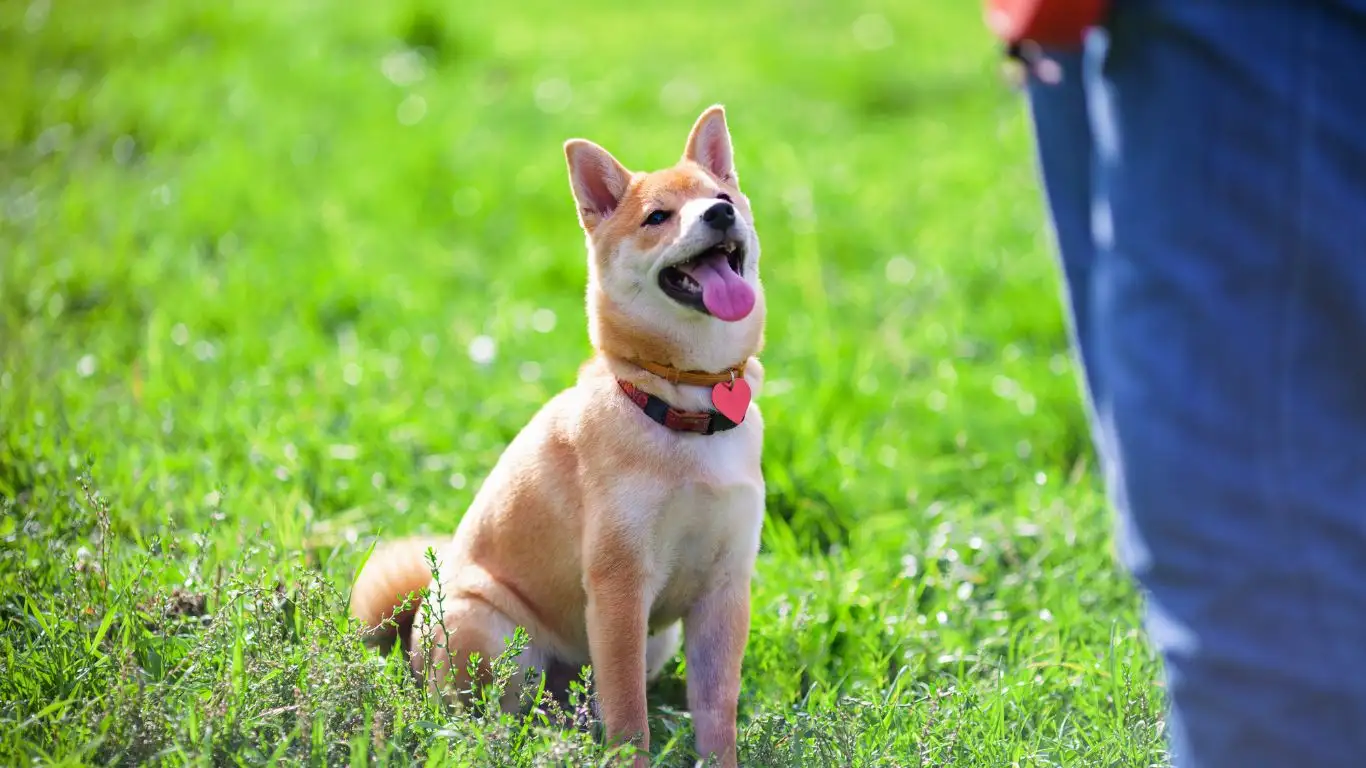
Dealing with Setbacks and Staying Patient
As with any form of training, recall doesn’t always go smoothly. Sometimes, your dog might not respond as expected. They might get distracted, or they might ignore the recall command altogether. It’s important to understand that setbacks are completely normal—and honestly, they’re a part of the learning process. Even as a seasoned trainer, I’ve had dogs that needed a little extra time to fully grasp recall under high-distraction environments. What matters most is your consistency, patience, and the approach you take in these situations.
What to Do When Your Dog Doesn’t Respond
If your dog doesn’t respond to the recall command, don’t panic. The first thing I always suggest is to avoid chasing your dog down, as this can teach them to think that running away is a game. Instead, keep calm and try to redirect their attention using a happy, upbeat tone. If they still don’t come, you can use the long line (if you’re outside) to gently guide them back to you, reinforcing the recall with a positive reward once they arrive.
Know When to Take a Step Back
If you’re noticing that your dog is struggling with the recall command, it might be time to take a step back and focus on simpler, less distracting environments. Return to practicing recall indoors or in a low-distraction backyard setting where you can build their confidence. Sometimes, scaling back is just what your dog needs to feel successful and motivated to try again.
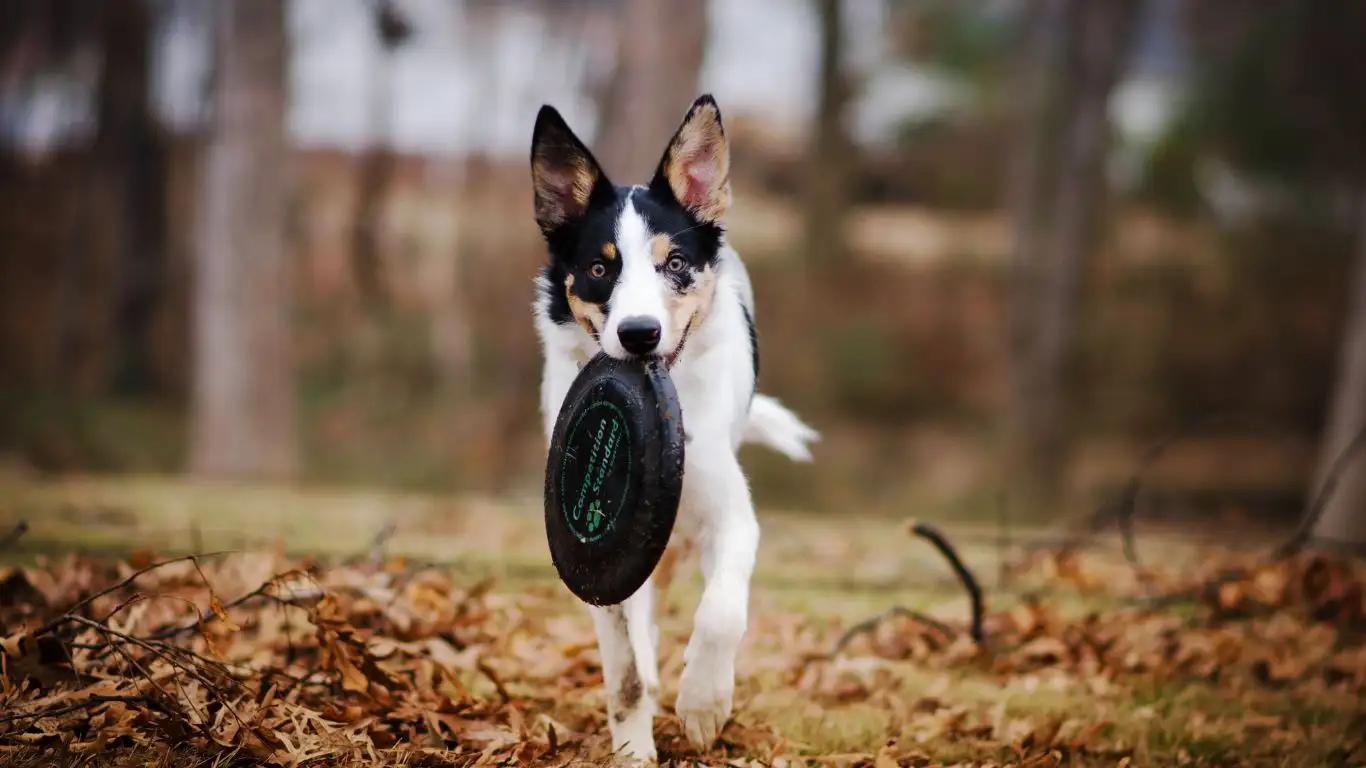
Overcoming Common Challenges in Recall Training
As with any training process, recall training isn’t always a smooth journey. Even experienced trainers face challenges with dogs who might not respond to the recall command as consistently as they’d like. But don’t let this discourage you—overcoming these challenges is part of the process! Here are a few common hurdles you might face during recall training and how you can work through them with patience and consistency.
Distractions That Pull Your Dog’s Focus
One of the most common challenges I see is a dog becoming distracted during recall training. Whether it’s the scent of another dog, an interesting sound, or simply the natural curiosity that comes with being outside, distractions are everywhere! The key here is to start by training in environments with minimal distractions and gradually work your way up to more complex situations. If your dog isn’t ready for a busy dog park yet, it’s okay! Start with a quiet backyard or a secluded area and slowly build the level of distraction. Over time, your dog will learn to associate your recall command with something positive, even in the midst of distractions.
Dogs That Don’t Find Recall Exciting
Some dogs, especially those with high energy or independent personalities, might not immediately see recall as something exciting or rewarding. If you’re finding that your dog isn’t motivated by treats or praise, it might be time to experiment with other forms of reinforcement, such as playtime or toys. I’ve seen a lot of success in using toys during recall training, particularly with active breeds who love to fetch. Whether it’s a squeaky ball or a tug toy, make sure your rewards are something your dog is genuinely excited about!
Using Negative Reinforcement (Don’t Do It!)
It’s important to note that recall training should always focus on positive reinforcement. Negative reinforcement, such as scolding or punishing your dog when they don’t respond, is not only ineffective but can damage the trust between you and your dog. Remember, dogs respond best to motivation that is positive and enjoyable. Keep the tone upbeat, use rewards generously, and avoid any form of punishment during training sessions. The goal is to build a positive association with the recall command, so keep it light and fun!
Maintaining Long-Term Consistency
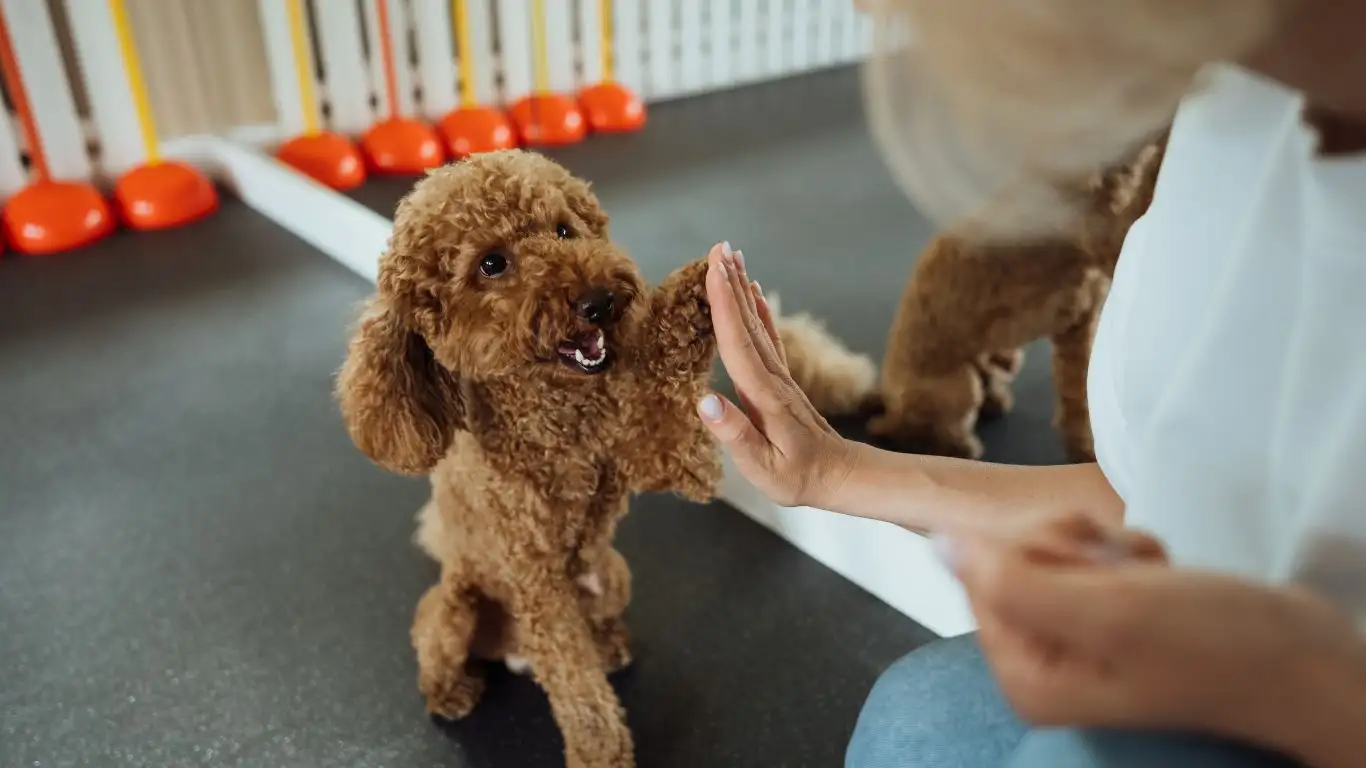 When it comes to recall training, consistency is crucial—not just in the beginning but throughout your dog’s life. Dogs thrive on routine, and just like with any other behavior, consistent reinforcement is key to maintaining a reliable recall. Here’s how you can keep recall training strong long-term:
When it comes to recall training, consistency is crucial—not just in the beginning but throughout your dog’s life. Dogs thrive on routine, and just like with any other behavior, consistent reinforcement is key to maintaining a reliable recall. Here’s how you can keep recall training strong long-term:
Practice Regularly, But Don’t Overdo It
It’s important to keep practicing recall regularly, but you don’t need to drill it constantly. Aim for short, frequent sessions that keep your dog engaged and motivated. Remember, dogs learn best when the training is fun, so always end on a positive note. This helps your dog stay excited and prevents burnout from repetitive training. As I mentioned earlier, 5-10 minutes, 2-3 times a day, is a good rule of thumb for keeping things fresh and fun.
Be Prepared to Adjust as Your Dog Grows
Your dog’s needs and behaviors will evolve over time, so it’s essential to adjust your training as they mature. A puppy’s recall training might look different from that of an adult dog, and that’s completely okay. As your dog’s environment changes, whether you’re moving to a new area or introducing new distractions, you’ll need to tailor your approach to make sure the training stays relevant and effective. Always monitor their progress, be flexible, and adjust your training techniques as necessary to ensure success.
Building a Lifelong Bond Through Recall
At the end of the day, recall training isn’t just about getting your dog to come back to you when called. It’s about building trust, understanding, and a lifelong bond. When your dog learns to respond reliably to recall, it fosters a deeper connection between the two of you, and your dog becomes more responsive to your cues and guidance. I’ve seen countless dogs transform into confident, well-behaved companions through consistent recall training, and it’s always so rewarding to see that bond grow.
Trust me, it’s worth the effort. Whether you’re calling your dog in from the backyard or making sure they stay safe during outdoor adventures, a reliable recall command is one of the most valuable skills you can teach your dog. It opens up new opportunities for freedom and fun, while keeping your dog safe and under control.
Final Thoughts on Recall Training
Training your dog to respond to recall commands is one of the most empowering experiences for both you and your dog. It requires patience, consistency, and a lot of positive reinforcement, but it’s totally achievable with the right approach. Every dog is different, and the key is to find what works best for your dog’s personality and energy level. Whether you’re working with a puppy or an older dog, remember that recall training isn’t something that happens overnight. But with persistence and the right tools, you’ll see the results you’re looking for.
So, take a deep breath, stay positive, and enjoy the journey. Your dog’s recall success will not only make them safer but also strengthen your relationship, creating more enjoyable moments together. Happy training!
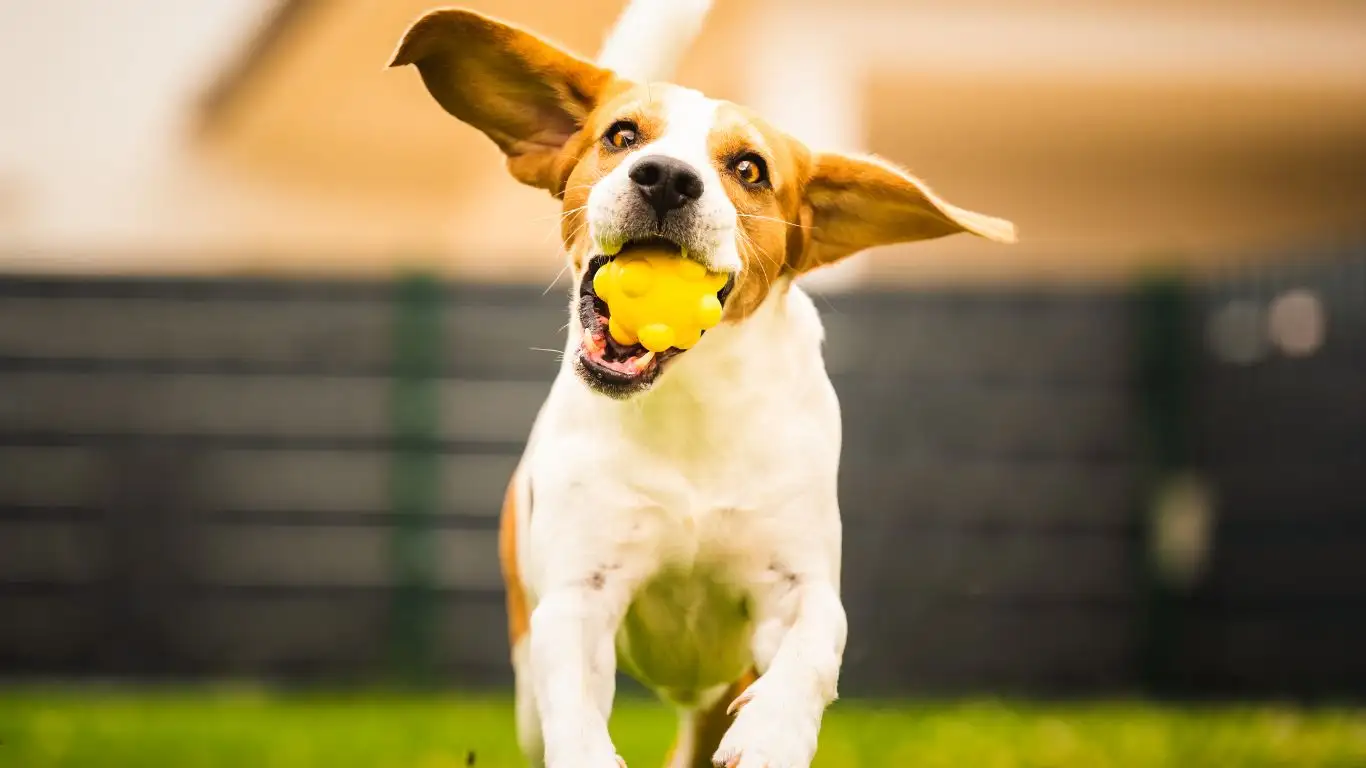
For more helpful dog training tips, feel free to visit our website or check out additional resources and blogs.
Disclaimer: The information provided in this article is based on my professional experience as a Certified Professional Dog Trainer (CPDT-KA). While I strive to offer the best advice, results may vary depending on the individual dog. Always consult with a professional trainer or veterinarian if you’re facing specific challenges with your dog’s behavior.
